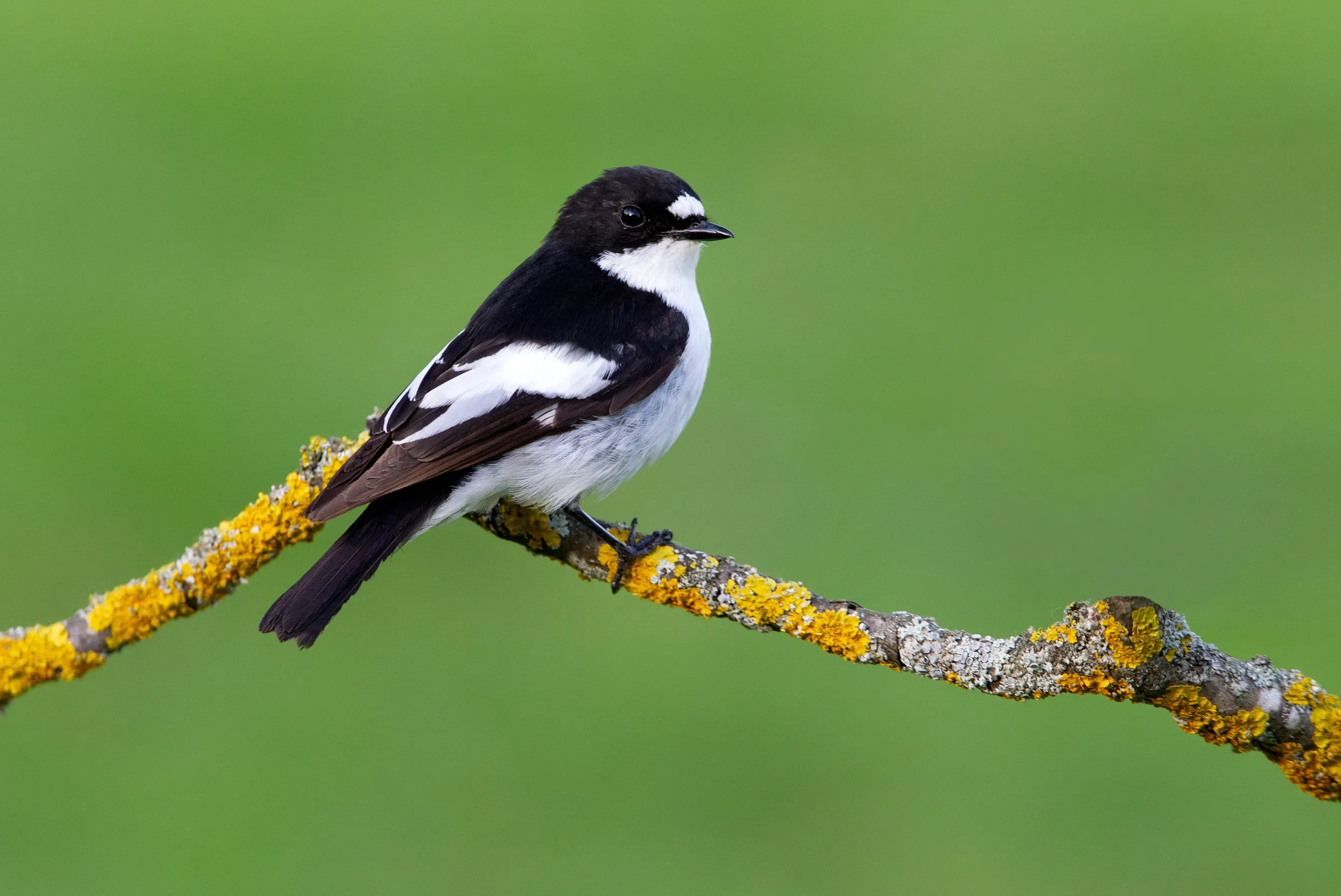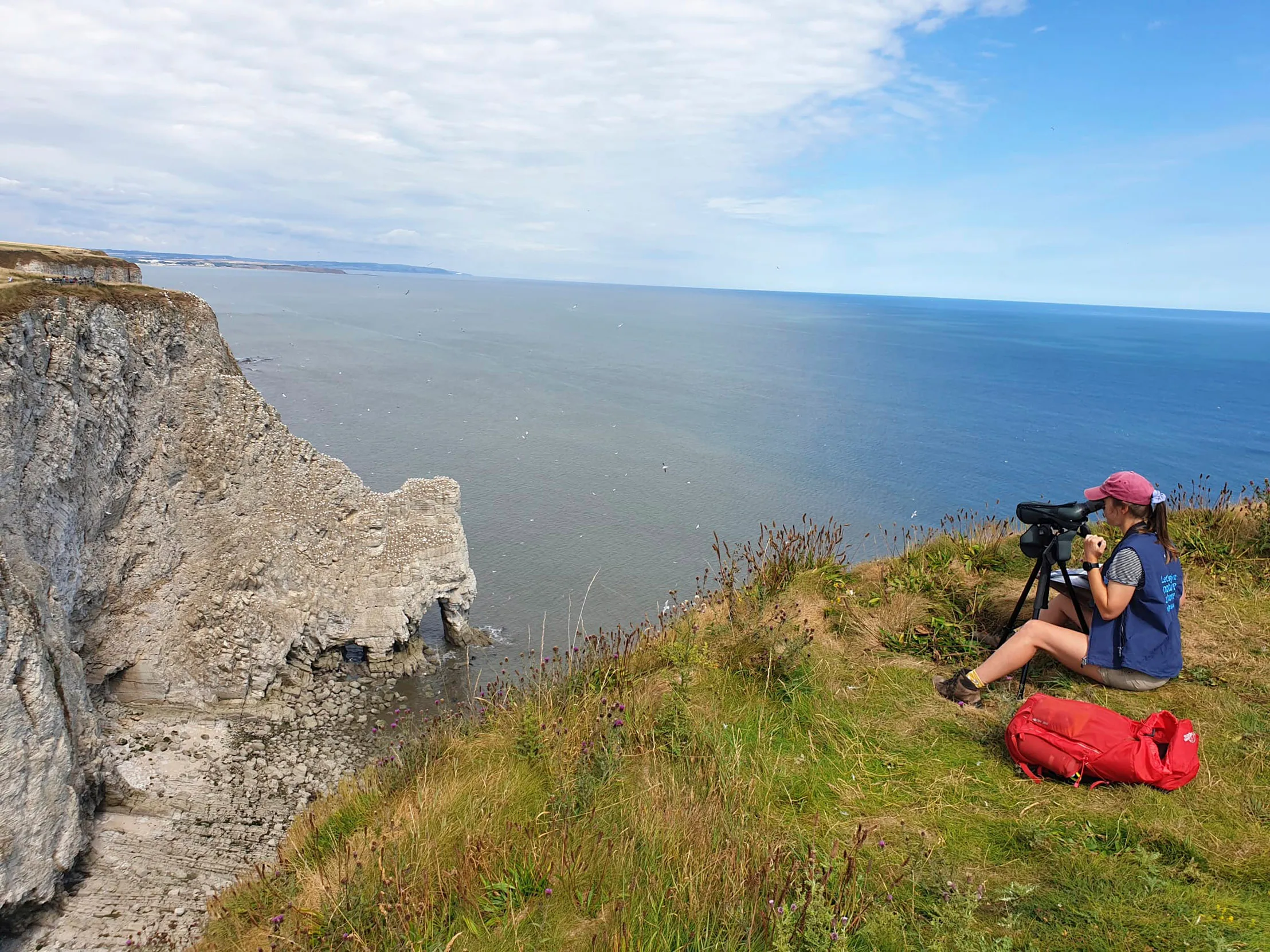Protected areas and climate change
Protected areas are our most valuable wildlife sites and they need to adapt with climate change.

On this page
The places we can't replace
Our protected places include many unique and diverse landscapes which are home to a wide range of some of our most vulnerable wildlife. For these wild spaces, climate change is one of the biggest long-term threats they face.
We are already seeing the negative impact of changes in seasonal timings and more frequent extreme weather. These impacts look certain to grow as climate change progresses.

Allowing wildlife to thrive
By protecting our most valuable sites for nature, we not only look after the wildlife that lives there now, but also in the future.
Much of this protected land has been relatively undisturbed by human activity and features soil conditions and water quality rarely seen in the wider landscape. These conditions benefit a diverse range of wildlife and will continue to do so, even if some species leave, and others arrive in response to the impact of climate change.

Giving our wildlife a chance
Currently outside of protected areas, nature is struggling – this will only increase with the additional changes to climate and weather. While this remains the case, our protected areas are vital strongholds which will help our wildlife adapt to change.
But a step change is needed in our protected areas as well as in our wider landscapes to manage our land in a way which supports wildlife, so more species are better equipped to survive the impact of climate change.

Boosting resilience
The first step in helping wildlife to adapt to climate change is to make it more resilient to change. Strong populations have more chance of adapting and surviving threats as well as dispersing to more suitable new areas.
Change on RSPB nature reserves
As our climate changes, the way we manage our reserves is changing. We are already using climate change data as part of our planning, to ensure the 200+ reserves in our care remain suitable habitat for a diverse range of species.
The way wildlife reacts to climate change is monitored to allow us to adapt sites to their needs now and in the future. This knowledge will be vital as we look to create new habitats for wildlife in our wider landscapes.